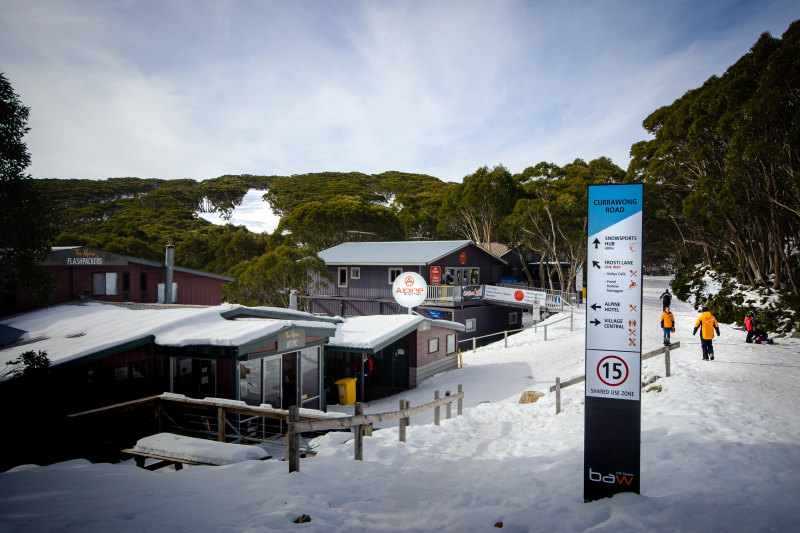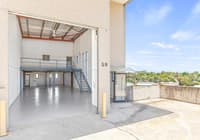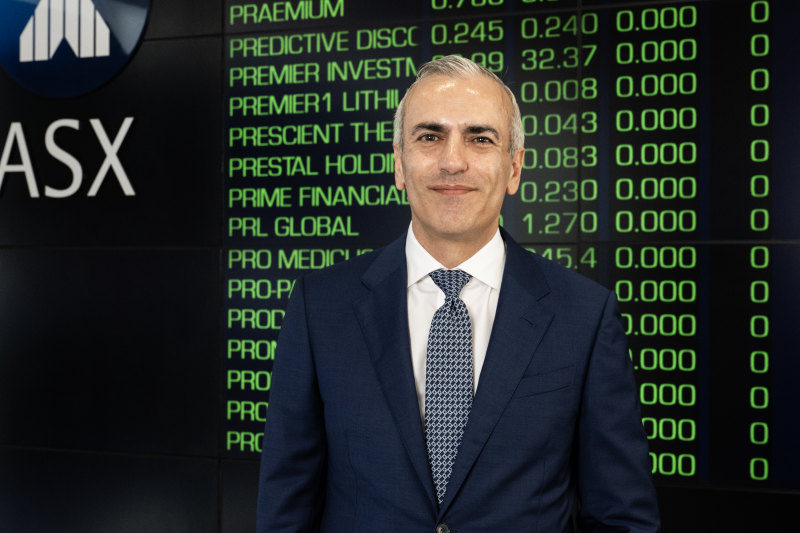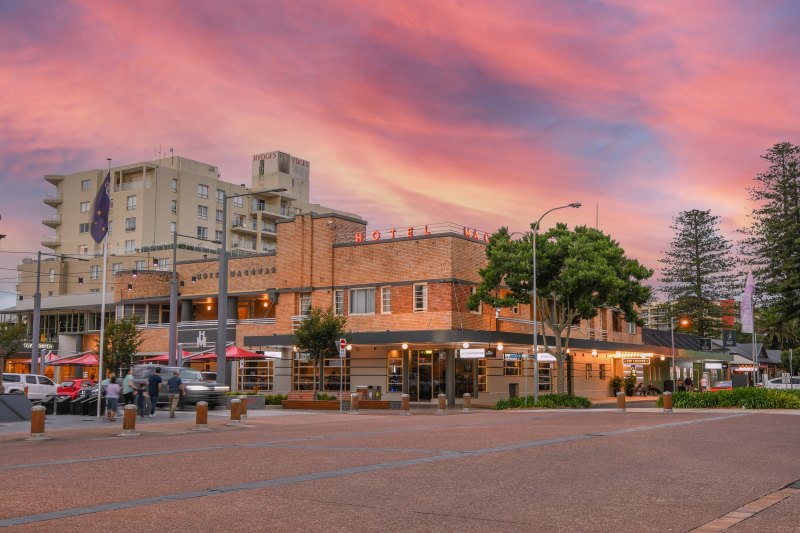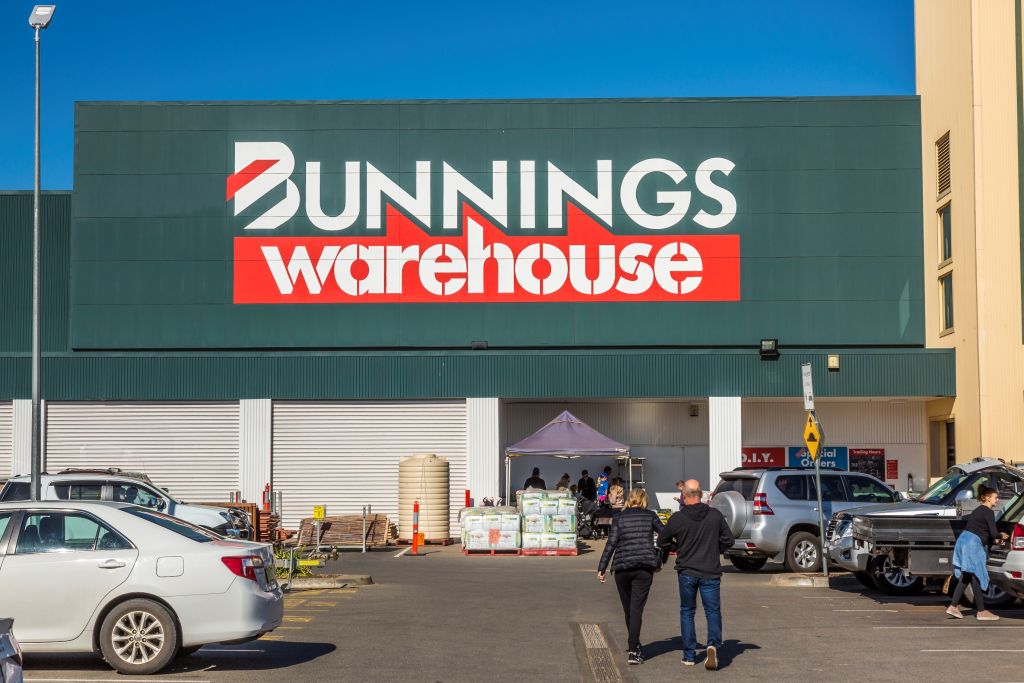
Better returns in repositioning old Bunnings than buying new ones
Large-format retail landlord BWP Trust is generating better returns from repurposing warehouses vacated by its major tenant Bunnings than from pursuing new acquisitions, says managing director Michael Wedgwood.
That was because of the record low yields such properties were trading at, as investors hunted for yield amid record low interest rates expected to run four more years, he said.
The $2.6 billion trust, whose bottom-line interim net profit of $144 million for the six months to December was boosted by valuation gains, has not made a Bunnings acquisition since April 2014.
“Our main priority is progressing any other vacancies that we have,” Mr Wedgwood told The Australian Financial Review.
“We are getting better returns out of repositioning [these warehouses] than buying new ones. We don’t stop looking for longer-term growth opportunities, but in the short term our focus is on repositioning assets.”
While new Bunnings are selling on sub-5 per cent yields as investors favour the better performing large-format retail sector, the trust’s repurposed former Bunnings property in Port Macquarie – fully leased to Amart Furniture, Body Fit Gym and Sydney Tools – is trading on a cap rate of 7.25 per cent.
Similar repurposing exercises are under way for two recently vacated West Australian Bunnings. In the case of its former Cairns Bunnings, the trust has struck a short-term lease to the Queensland government for a pop-up sports arena being used by National Basketball League team the Cairns Taipans.
Mr Wedgwood said the trust was making good progress on repositioning vacated stores and was getting “very good enquiry” from prospective tenants.
“We’re looking at different uses, not only large format, but medical and others. Its going quite well,” he said.
Valuation uplift
Record low interest rates expected until 2024 would be “useful” from a funding point of view, Mr Wedgwood said.
The trust’s weighted cost of debt fell to 3.2 per dent from 3.5 per cent a year ago. It would remain challenging for the trust to buy new assets, given current cap rates and the ongoing hunt for yield from investors.
While unable to find new Bunnings deals that fit with its investment metrics, the low yields struck by the likes of Charter Hall (4.6 per cent for a $353 million portfolio of six Bunnings stores) have provided valuation uplift to the trust’s own portfolio in contrast to the billions shaved off shopping centre values due to the pandemic.
Over the six months to December the value of BWP’s portfolio increased by $88 million, while the weighted average capitalisation rate, or yield, across its portfolio of 75 properties fell 5.84 per cent from 6.08 per cent in June.
It paid a distribution of 9¢ and forecast a similar payout in the second half of the year.
“Bunnings and large-format retail offer a good covenant at the moment. There’s plenty of money looking for a home [in the sector],” Mr Wedgwood said.
“It’s not going through the structural disruption that other retail is going through, which is reflected in the demand for these properties.”


